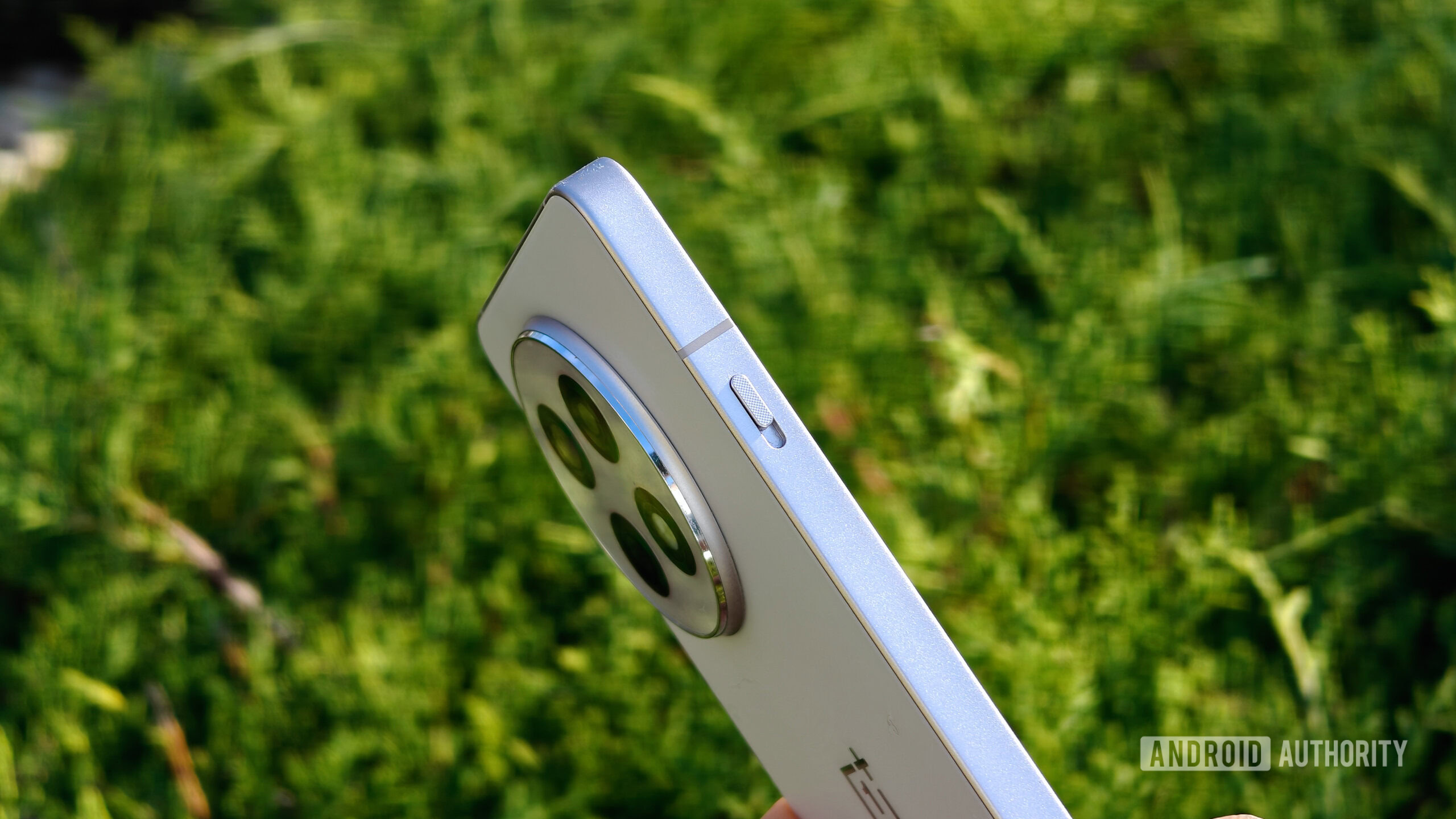SCIENTISTS have unveiled several options to stop 2024 YR4, an asteroid the size of a football pitch from smashing into Earth.
It comes after an expert warned that the chance of the giant space rock colliding with our plant in just over seven years time has increased.
9

9

Boffins from the European Space Agency previously said there was a one in 83 chance it could make an impact Wednesday, Dec 22 2032.
Astronomer Dr David Whitehouse then said it was a one in 67 chance and NASA have since announced a one in 53 chance of it striking Earth.
Whitehouse said the asteroid is “unacceptable to ignore” as a summit was held in Vienna about deflecting the space object.
The European Union-funded NEO Shield consortium which aims to investigate the best methods of doing this presented some of its ideas including a nuclear bomb which would be a last resort.
Impact would unleash energy hundreds of times greater than that of the Hiroshima bomb with a blinding flash as shock waves that would flatten anything for miles.
One expert called it a potential ‘city-killer’ telling CBS that “if you put it over Paris or London or New York, you basically wipe out the whole city and some of the environs.”
A tsunami could occur if the asteroid ends up exploding near a coastline.
NUKE
While the idea of sending a nuclear weapon into space to stop a potentially deadly asteroid sounds like fiction thanks to movies like Armageddon, it is one of the options available to scientists.
A carefully executed explosion close to the surface of the asteroid would be carried out with the hopes that the rock shatters into smaller fragments which could burn up in the atmosphere.
However, larger chunks could still be big enough to survive the atmosphere and rain down over a larger area of Earth.
Another nuclear option would be to detonate the nuclear weapon further away from the asteroid with the idea that the explosion would damage the surface of the rock and knock it off course.
If carried out correctly, there would be minimal damage to the asteroid and therefore no risk of chunks of space rock falling to Earth.
Though this option appears to be a last resort, according to Ian Carnelli, a planetary defence expert at the ESA.
He told The Telegraph: “The nuclear device is not like you see in Armageddon where you send drillers to put the bomb in the core of the asteroid and destroy it.
“The idea is to detonate it at a certain distance from the asteroid.”
But, he noted that this plan has numerous issues including the fact that detonating a nuclear weapon in space is not only tricky but also strictly against UN treaties.
Carnelli explained: “Triggering an explosion a certain distance away from an asteroid is extremely complex and nobody would agree to test it before a real threat is identified so you really would have a total lack of knowledge of how to do it.”
SOLAR LASER
Laser ablation is another technique that could be used where either one or multiple spacecrafts are sent to approach the space rock and fire lasers at it.
The lasers would heat up the surface of the asteroid to extremely hot temperatures of around 2,730 degrees.
This would ablate and vaporise the rock and as gases are discharged from the space rock creating a thrust, and eventually its orbit and speed will change.
Deflecting an asteroid using this method would also prevent the rock from fragmenting into chunks that could also pose a threat to Earth.
‘GRAVITY TRACTORS’
Another method called gravity tractors also sends spacecrafts to the asteroid.
This is where a mega ship is launched into space to meet the rock and fly alongside it.
By doing this, the thrusters and pull of gravity from the ship itself could pull the asteroid off it’s path.

9

9

9
KINETIC IMPACTORS
This involves the use of an unmanned spacecraft launched from a rocket to directly hit the asteroid,
Carnelli said: “The kinetic impactor is a proven technique and the technology is ready now and it is much more controllable.
“It’s really the ideal deflection technique.”
He explained that the type of spacecraft used would be around two tonnes in mass with solar panels, a camera, and a navigation camera.
This, he said, is safer and much quicker than using a nuclear bomb.
“We are expanding the range of applicability of the kinetic impactor and that’s very good for the community because we know more than 95 per cent of the kilometre-sized asteroids and we know that none of those pose a threat to the Earth,” he added.

9

NASA’s DART mission carried out two years ago demonstrated this theory with the Dimorphos asteroid which is two to four times larger than 2024 YR4.
The space agency successfully smashed a spacecraft into the 160-meter wide asteroid, changing its orbit.
It resulted in the flying space rock being knocked further off course than expected.
Data from the test revealed that launching a spacecraft into an asteroid could move any space rock smaller than 1km in diameter, like 2024 YR4, off its catastrophic trajectory.
MADMEN SWARM
Scientists are researching using a Modular Asteroid Deflection Mission Ejector Node (MADMEN) to drill into the asteroid to push it away from Earth.
The concept would see a swarm of MADMEN spacecrafts land on the asteroid and drill into it.
They will then eject the drilled material into space and gradually this change in mass will result in a change of trajectory for the asteroid.
But this method could only be deployed effectively if there is enough time.
Matthew Graham, a design project manager for a study into the method told NBC News: “You have a good amount of warning, like 10 years, then you don’t need to send many.”
The Space Missing Planning Advisory Group, chaired by the ESA, has discussed the latest observations of 2024 YR4 at a meeting in Vienna.
They have given astronomers more time to determine their estimates about the asteroid’s orbit.
If the group believes there is a risk of a hit, it will make official recommendations to the United Nations and discuss options for a “spacecraft-based response to the potential hazard.”
But NASA has said the event is “unlikely” saying they expect it will pass Earth by a few thousand miles.
“It is important to remember that an asteroid’s impact probability often rises at first before quickly dropping to zero after additional observations,” ESA noted.
2024 YR4 is currently hurtling through space 27 million miles away and will be carefully observed by astronomers especially when it nears the Earth’s orbit in 2028.

9

9

9










